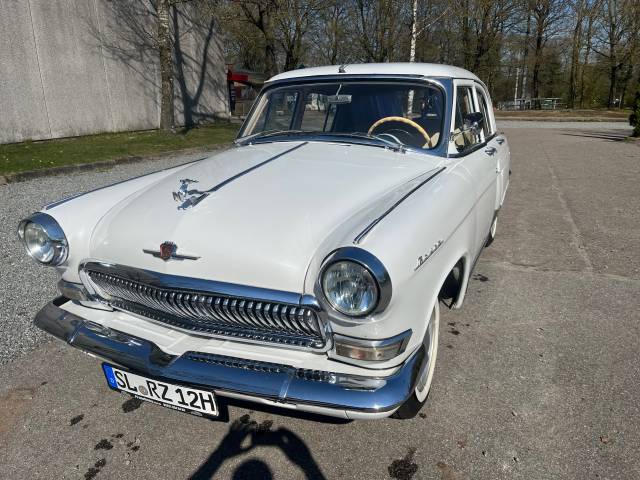- Automobile
- GAZ (2 offerte)
GAZ classic cars for sale
GAZ vehicles are emblematic of Soviet engineering—known for their robust construction, adaptability to harsh climates, and straightforward maintenance. From the hardy all-terrain GAZ-69 to the stately Volga sedans, the GAZ range offers distinctive classics that shaped the landscape of the Eastern Bloc and beyond.
Risultati della ricerca
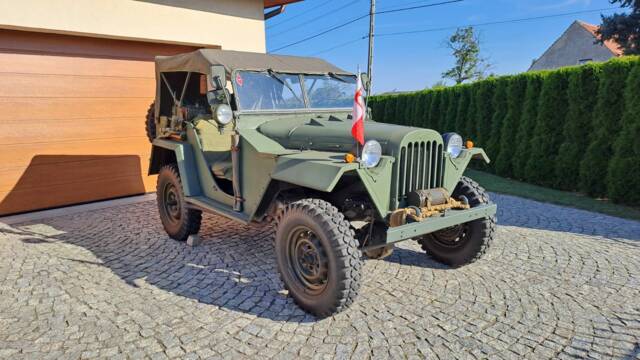
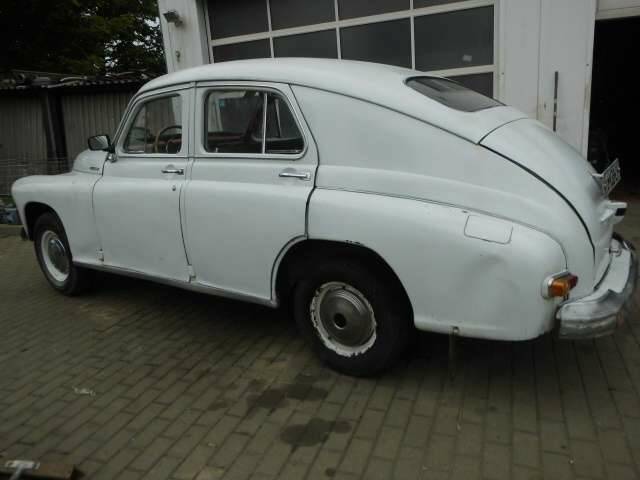
1956 | GAZ M 20 Pobeda
GAZ M 20 , Vorgänger Wolga , GAS
GAZ listing references from Classic Trader
Below you will find listings related to your search that are no longer available on Classic Trader. Use this information to gain insight into availability, value trends, and current pricing for a "GAZ" to make a more informed purchasing decision.
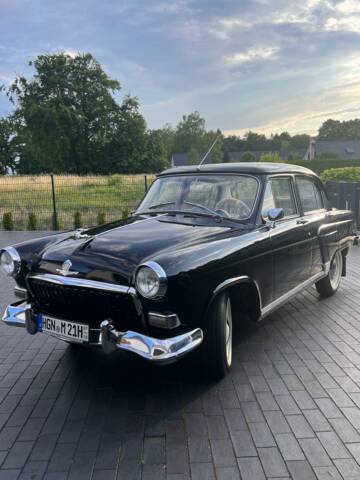
1961 | GAZ M21 Volga
GAZ M21 Wolga Typ 2 im Jahr 2013 grundlegend eigenständig neu aufgebaut
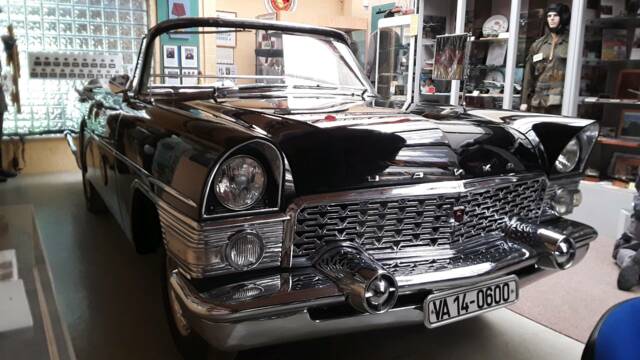
1977 | GAZ Chaika GAZ-13
1977 | GAZ Tschaika GAZ-13
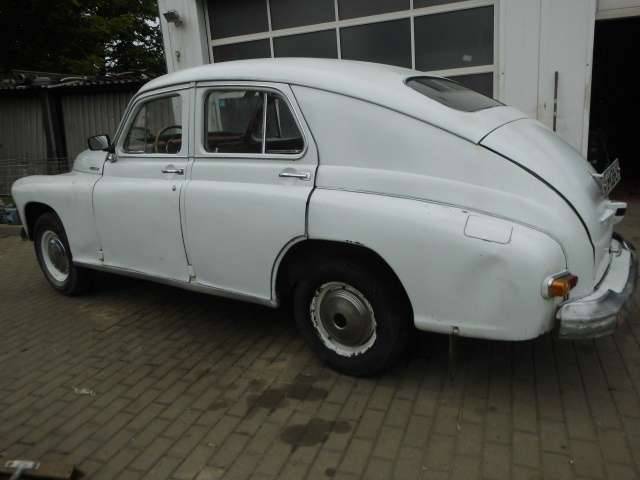
1956 | GAZ M 20 Pobeda
GAZ M 20 , Vorgänger Wolga , GAS
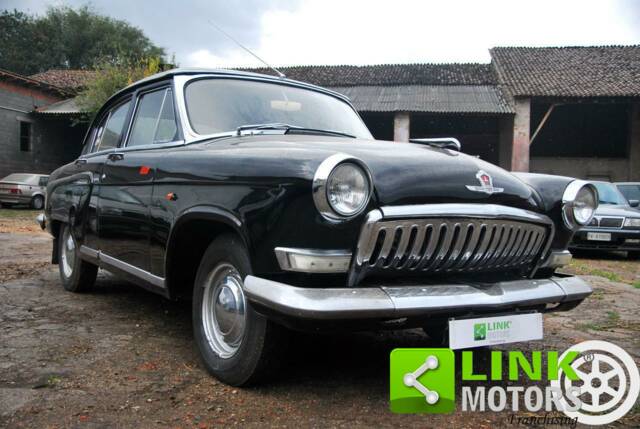
1960 | GAZ M21 Volga
GAZ Volga M-21 B - 1960

1960 | GAZ M21 Volga
GAZ Volga M-21 B - 1960
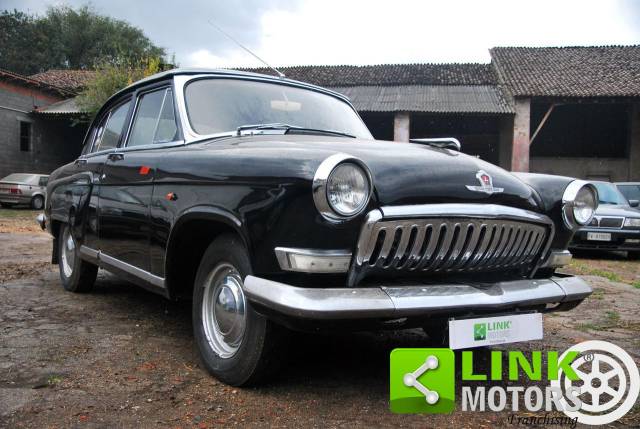
1960 | GAZ M21 Volga
GAZ Volga M-21 B - 1960
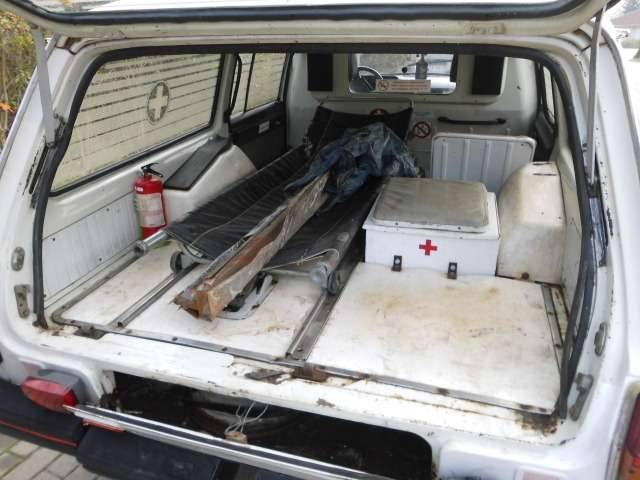
1990 | GAZ Volga 24-13
GAZ 2412 Wolga Modell 24 13 Sanitätskrankenwagen

1972 | GAZ Volga 24-10
The original taxi from the 1980 Olympic Games
1965 | GAZ M21 Volga
Blickfang
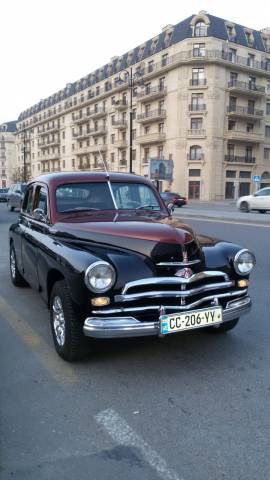
1955 | GAZ M 20 Pobeda
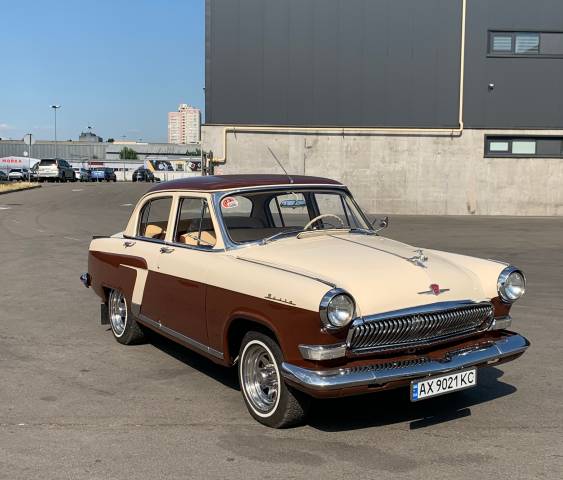
1968 | GAZ M21 Volga
Gaz 21,Volga 21 for sale
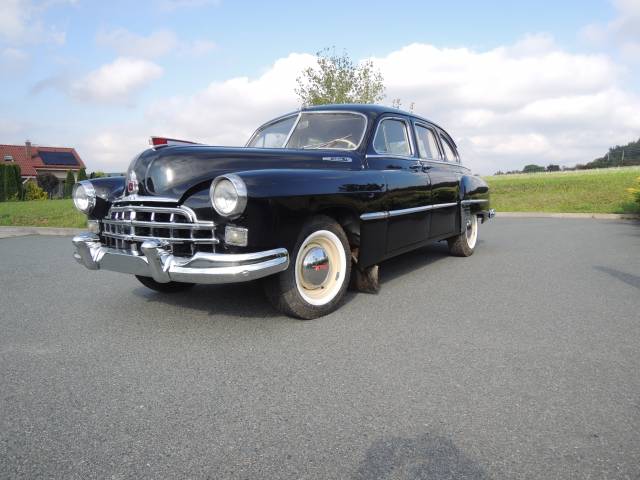
1956 | GAZ ZIM 12
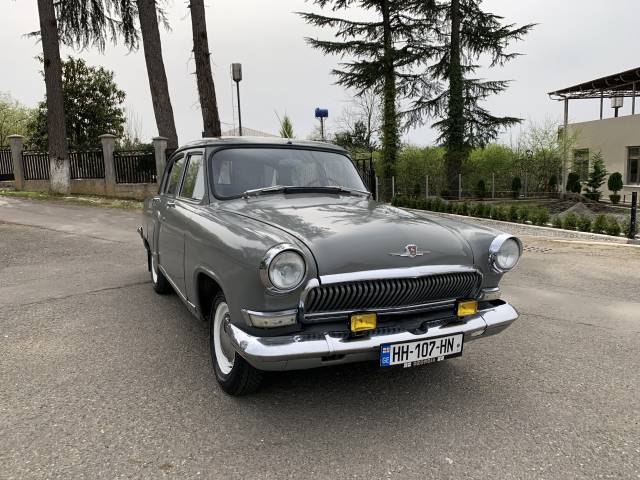
1968 | GAZ M21 Volga
1968 GAZ-21 for sale.
History of GAZ
GAZ—Gorkovsky Avtomobilny Zavod—was established in 1932 in Nizhny Novgorod, reflecting a strategic joint venture between the Soviet Union and Ford. Early production focused on trucks and utility vehicles essential to Soviet infrastructure. The brand's first notable passenger car, the GAZ M1, directly took inspiration from Ford models but soon led to independent developments like the GAZ-M20 Pobeda. GAZ rapidly became a pillar of the Soviet auto industry, especially during and after WWII, receiving multiple awards for its economic contributions. Under leaders like Andrej Lipgart, GAZ pushed forward postwar innovations like the Pobeda and luxurious Volga series, solidifying its status as the USSR’s largest manufacturer by the 1950s.
Model history
GAZ’s model timeline starts with license-built Fords, progressing in the late 1930s with the M1 "Emka." The postwar GAZ-M20 Pobeda marked the shift to original Soviet engineering and was exported across Eastern Europe and Asia. The GAZ-21 Volga set new standards for upscale vehicles in the Eastern Bloc, quickly followed by more utilitarian and military vehicles like the GAZ-69. In the late 1970s, the GAZ-14 Chaika continued their tradition of luxury, while the GAZ-24 Volga and GAZelle vans addressed both public and commercial transport needs. Through decades, models like the GAZ-66 truck and numerous special versions underpinned the Soviet and later Russian automotive landscape.
Highlights and market share
GAZ vehicles stand out for mechanical simplicity, ruggedness, and their adaptation to extreme climates. The GAZ-69 featured heated engine oil and a self-cleaning oil filter for severe cold; the Volgas became cultural icons representing status and reliability. Many GAZ classics remain present on roads, especially ex-military and official cars, thanks to solid engineering and high production figures. Restoration communities value original parts and thorough rebuilds, frequently documented for provenance. Factory-built variations served state institutions and export markets, contributing to GAZ’s recognition well outside Russia.
Technical data
Special Editions and Collector Models
Notable variants include the GAZ-69M with a more powerful 2.4-litre engine and numerous state-use adaptations of the Volga and Chaika models for governmental fleets. Export versions of the Pobeda and Volga to markets such as Poland and North Korea also stand out. These editions are often distinguished by exclusive trim, unique equipment, or modifications for official use.
Weak Spots and Common Issues
GAZ classics were engineered for simplicity and cold climates, leading to few inherent weaknesses. Spare part availability remains high for many models due to large production numbers, and original workshop manuals in various languages aid restoration. Typical care points are corrosion in bodywork (especially for older, Soviet-era steel), the need for periodic maintenance of mechanical components like the self-cleaning oil filter (GAZ-69), and restoration of chrome trim, which frequently requires replating. High originality is valued, and many restored cars retain period equipment, occasionally upgraded for comfort.
Engine and Performance, Transmission and Handling
Performance of classic GAZ vehicles favours reliability over speed. The GAZ-69’s natural habitat is rough terrain and unpaved roads, operating confidently with its robust 4x4 system in mud and snow at speeds up to 90 km/h. Volga sedans provided a comfortable ride for Soviet standards, often used as taxis and government vehicles, balancing soft suspension with durable, torque-rich engines. - GAZ-69: 2.1L inline four, 52 hp, manual 3-speed, selectable 4WD, recognised for off-road prowess and military use.
- GAZ M20 Pobeda: Executive car, 2.1L, 3-speed column shift, notable export success.
- GAZ M21/M24 Volga: 2.4–2.5L engines, used as taxis, government transport, and as private luxury cars.
Interior, Comfort, Exterior and Design
GAZ design reflects pragmatic Soviet values with functional elegance. The Pobeda showcased a streamlined fastback shape uncommon in its era, using composite interiors to balance cost and comfort. Volga models borrowed cues from American sedans but were adapted for local needs, often featuring robust chrome bumpers, dash-mounted instrument clusters, and durable upholstery. Special editions included unique paint schemes for export, elaborate badging, and, in official cars, privacy curtains or enhanced soundproofing. GAZ-69 interiors are spartan, focused on utility with vinyl-covered seats and weather-resistant fittings. Accessories such as period-accurate radios and heater units are sought after in restored examples.
Other aspects
Many GAZ classics supplied to state bodies feature well-documented histories. Their adaptability allows for sympathetic upgrades—USB ports discreetly integrated or modern radios kept in vintage housings. Cars frequently come with complete paperwork and extensive documentation, making them attractive to restoration-minded owners. Enthusiasts value them as working examples of Soviet engineering philosophy rather than pure investment objects.
Summary
GAZ classics span an impressive range of utilitarian and luxury vehicles, distinguished by mechanical durability, straightforward repairability, and a rich corpus of historical variants. Supply and demand are highest for the M20, M21, and Volga series, underlining ongoing enthusiasm among collectors and drivers for Soviet-era engineering. Practicality, ease of restoration, and robust performance in adverse conditions remain consistent hallmarks across the brand’s historic models.


